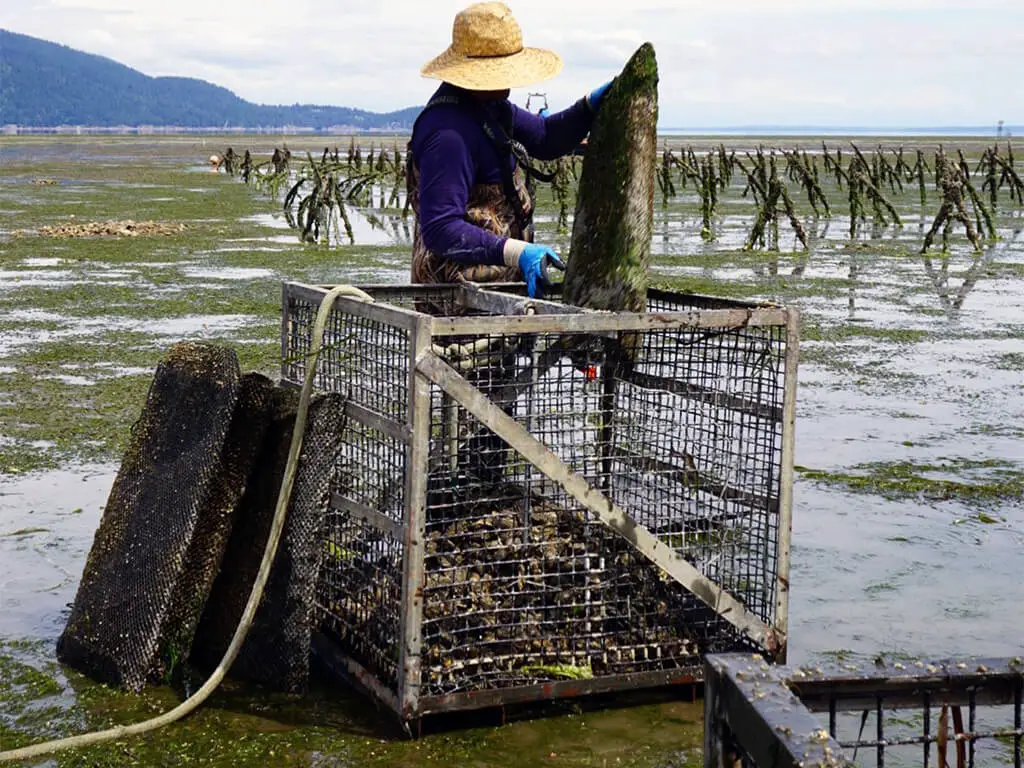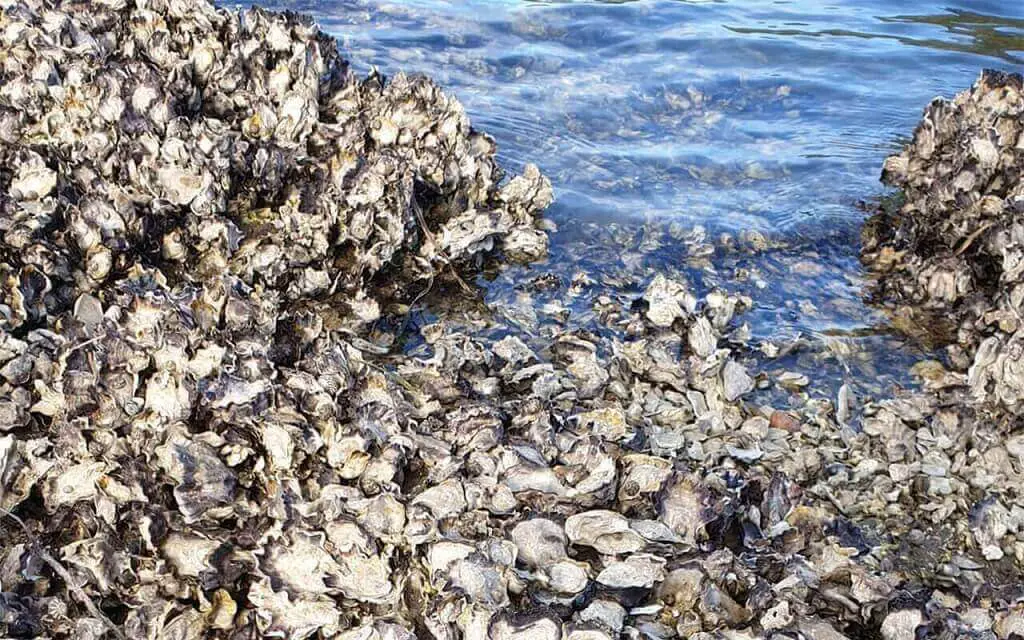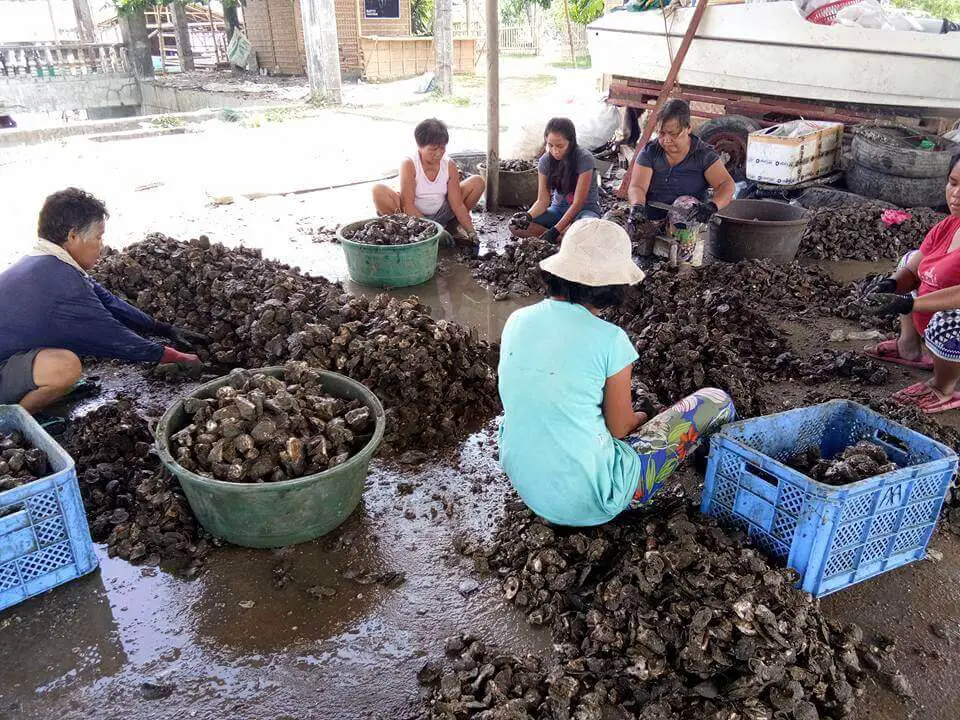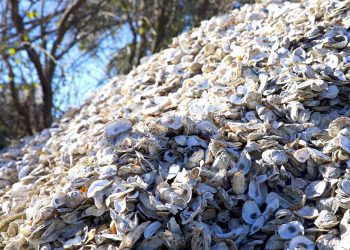Many people love oysters for their rich flavor, texture, and nutrition. Have you ever wondered: How old are oysters when harvested and sold to the market?
After years of growing oysters on a large farm, I will explain the most detailed answer in this article. So let’s check it out now!
How Old Are Oysters When Harvested?


Most oysters on the market are usually 2-4 years old when harvested. This number may vary depending on habitat conditions.
Oysters grown in warm climates will have a more extended growth period and vice versa.
Typically, one-year-old mature oysters are about the size of a dime. Yet, these animals still need to be more significant to harvest and sell in the market.
Only at the end of the second crop can oyster farmers begin to harvest.
Especially in cages, smaller breeds can still exist in parallel. These oysters will continue to receive nourishment from harvesting in the next intercropping.
What Is the Lifecycle of Oysters?


The oyster life cycle significantly affects optimal harvest time. One-year-old cubs are already fertile. And spring two months is the time when oysters begin to lay eggs and conduct fertilization.
The fertilized egg will divide briefly and hatch into a larva. Oyster larvae during this time will move with the primary source of nutrients from phytoplankton.
After two weeks, the larvae find a substrate to cling to for the rest of their lives.
During these two weeks, they undergo several transformations. It has legs and glue to help find and hold onto the substrate.
Then, the larval body will slowly undergo internal anatomical metamorphosis.
Oysters will no longer actively seek out plankton such as larvae. Instead, it will filter the water, and eat algae and many other organisms.
The adults will also focus on developing their shells using the calcium carbonate found in the water.
At one year old, it can enter the reproductive stage. This time is significant for a bountiful harvest later. In the cage will appear large oysters competing with smaller ones.
Oyster farmers will have to separate large specimens from the cage and continue to care for the small beds. The adults will be ready to harvest for sale in the market when they are 2 – 4 years old.
Its average growth rate is one inch per year. However, oysters will be more significant in some areas, such as waters with higher salinity.
How to Harvest Oysters


Wild Harvest
Comets in the wild will occur in large numbers and can form furrows several miles long. You’ll find oyster beds in stable waters with plenty of solid surfaces like rocks and wrecks.
People who use wild harvesting methods will often choose late autumn to early spring to check and implement some techniques for oyster harvesting.
With small and shallow beds, harvesters often use rakes, which are more productive without causing damage to the oysters.
With extensive and deep oyster beds, the fisherman will use a specialized dredge with a basket attached to the top. As you drag along the dredger, the oysters will drop into the pull basket quickly and easily.
This method will harvest oysters of any size. Before selling them, the harvester has to sort the oysters by size and arrange the smaller ones for the bed.
Farm Harvest
Large-scale farming is quite common in temperate seas. These farms often use floats and large baskets in place of rock or wooden beds.
In the beginning, the farm owner will have to protect the oysters by placing them in a protective bag. After the oysters grow to a specific size, they are transferred to the float.
Its new substrains will now be floats and baskets, which help it feed, grow, and spawn many times faster.
Until the time of harvest, the farmer will have many different-sized floats. They will lift the float and collect the standard oysters.
Related: How to keep oysters fresh
Conclusion
Oysters are a favorite food in many families. Therefore, you’re bound to know what age oysters are perfect to harvest and enjoy.
Hopefully, through the sharing above, you have answered the question: How old are oysters when harvested? Although there are slight differences between species, 2-4-year-old oysters are still the most suitable for catching.















Your point of view caught my eye and was very interesting. Thanks. I have a question for you.
Can you be more specific about the content of your article? After reading it, I still have some doubts. Hope you can help me.